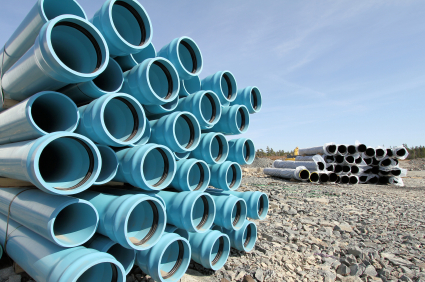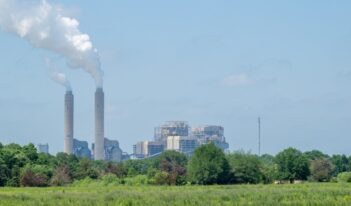
Decade-long process culminates in toxic air emissions standards for PVC producers.
After battling in court for nearly a decade, the Environmental Protection Agency (EPA) adopted new regulations last week affecting the manufacturing of polyvinyl chloride (PVC).
The EPA estimates that its new rule will reduce PVC factory emissions of air toxics by over 260 tons annually. This includes reductions in vinyl chloride and dioxin pollution, both of which are known human carcinogens. Children are especially susceptible to vinyl chloride-induced cancer, and dioxin is also known to cause developmental, reproductive, and immunological problems.
The new EPA rule may also help alleviate environmental justice concerns with PVC facilities, as the proportion of minorities living near PVC plants is six percentage points higher than the national average.
The rule is expected to cost PVC manufacturers a total of $18.5 million in compliance-related capital expenses and $4.2 million in annual monitoring outlays.
EPA followed a circuitous route to the new rule. In 2002, the EPA issued a rule which was subsequently vacated by the D.C. Circuit Court of Appeals in Mossville Environmental Action Now v. EPA. In 2008, environmentalists again filed suit, this time claiming EPA had violated the Clean Air Act by not yet issuing new standards. In 2009, the parties reached a settlement of the second lawsuit by establishing a schedule that led to the issuance of last week’s standards.
Environmental organizations, including Earthjustice, which spearheaded both rounds of litigation, praised EPA’s decision to regulate emissions from PVC plants. The Vinyl Institute, an industry trade association, said it would have to study the standards in greater detail but that its initial view was “cautiously optimistic” that the agency adopted a sensible rule.
The third-most common form of plastic in the United State, PVC is commonly used in water pipes but also appears in products ranging from building materials to toys. Seventeen PVC plants currently exist in the United States, with most of them located in Texas and Louisiana.



